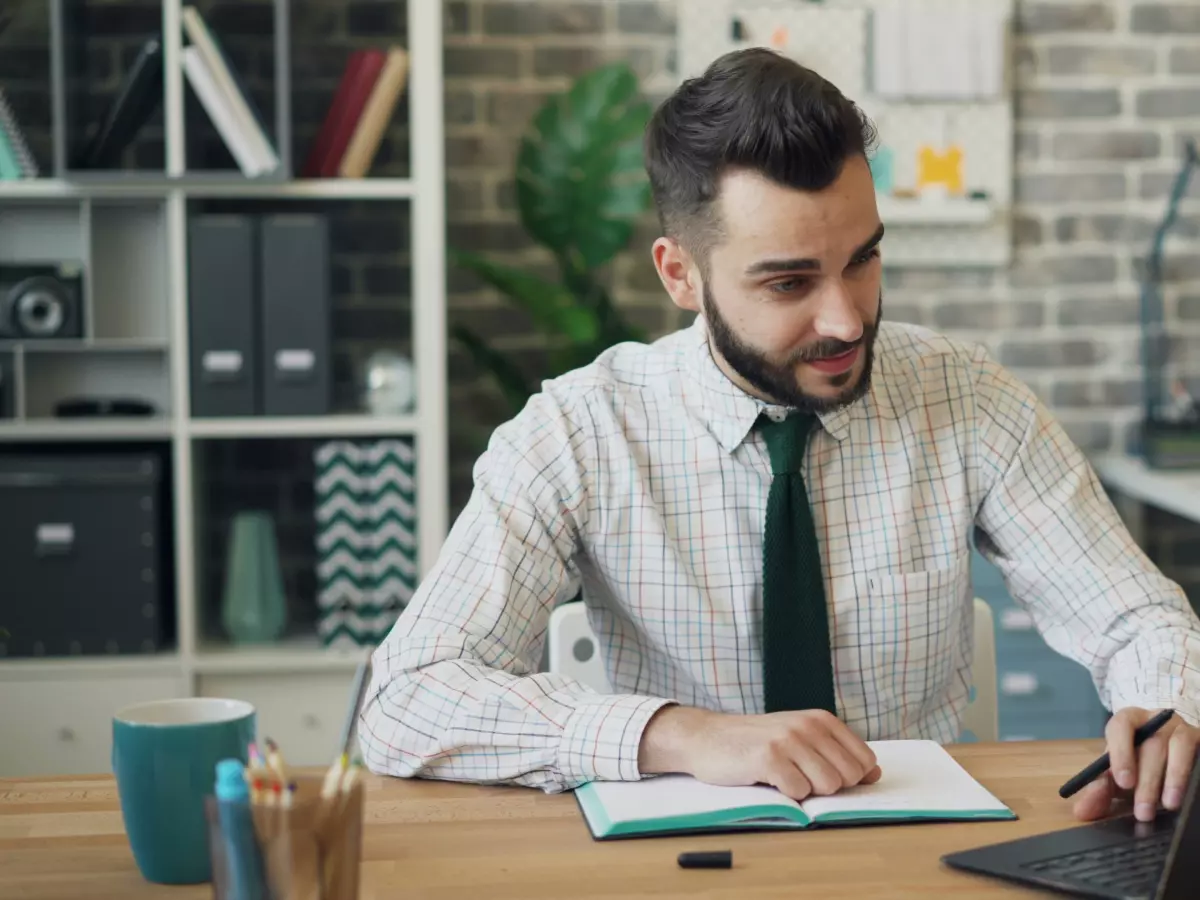Data Preprocessing Magic
Imagine you're a chef about to prepare a gourmet meal. You’ve got all the ingredients, but they’re scattered, unwashed, and some are even spoiled. Would you just throw them into the pot? Of course not! You’d clean, chop, and organize them first. Well, data preprocessing is the AI equivalent of that crucial prep work, but for machine learning models.

By Mia Johnson
Data preprocessing is the unsung hero of the AI world. It’s the step that ensures your data is clean, organized, and ready to be fed into machine learning algorithms. Without it, even the most advanced AI models would be like a chef working with spoiled ingredients—no matter how skilled they are, the outcome would be a disaster.
But here’s the kicker: AI is now being used to automate data preprocessing itself. That’s right, AI is helping AI! And if you’re not already using AI for this, you might be missing out on a huge opportunity to streamline your workflows and improve the accuracy of your models.
What Exactly Is Data Preprocessing?
Before we dive into how AI is transforming this process, let’s break down what data preprocessing actually involves. In simple terms, it’s the process of transforming raw data into a format that’s more suitable for machine learning. This includes:
- Data cleaning: Removing or correcting errors, missing values, or inconsistencies in the data.
- Data transformation: Converting data into a format that’s easier for algorithms to process, such as normalizing or scaling values.
- Data reduction: Reducing the volume of data while maintaining its integrity, often through dimensionality reduction techniques.
- Data integration: Combining data from different sources into a unified dataset.
Traditionally, this process has been time-consuming and labor-intensive, requiring data scientists to manually clean and prepare datasets. But AI is changing the game.
How AI Automates Data Preprocessing
AI-driven tools can now automate many aspects of data preprocessing, making it faster and more efficient. Here’s how:
- Automated data cleaning: AI algorithms can detect and correct errors in data, such as missing values or outliers, without human intervention. This not only saves time but also reduces the risk of human error.
- Smart data transformation: AI can automatically decide which transformations (like scaling or normalization) are needed for a particular dataset, optimizing it for the machine learning model you’re using.
- Dimensionality reduction: AI can identify which features in your dataset are most important, allowing you to reduce the number of variables without losing valuable information. This speeds up model training and improves accuracy.
- Data integration: AI tools can automatically merge datasets from different sources, ensuring consistency and reducing the risk of errors.
In short, AI is making data preprocessing faster, more accurate, and less of a headache for data scientists. It’s like having a sous-chef who knows exactly how to prep every ingredient perfectly.
Why It Matters
So, why should you care about AI-powered data preprocessing? Well, for one, it can dramatically improve the accuracy of your machine learning models. Clean, well-prepared data leads to better results, plain and simple. Plus, automating this process frees up time for data scientists to focus on more complex tasks, like model development and optimization.
In an era where data is growing at an exponential rate, AI-driven preprocessing is becoming a necessity. It’s no longer enough to rely on manual methods—AI is the key to keeping up with the sheer volume and complexity of modern datasets.
The Future of Data Preprocessing
As AI continues to evolve, we can expect even more advanced tools for data preprocessing. Imagine a world where AI not only cleans and transforms your data but also understands the context of the data and makes intelligent decisions about how to prepare it for different models. We’re not quite there yet, but the future looks promising.
For now, though, AI-powered data preprocessing is already a game-changer. If you’re not leveraging it in your workflows, you’re missing out on a huge opportunity to improve the accuracy and efficiency of your machine learning models.
So, next time you’re prepping your data, think of AI as your sous-chef. It’s there to make your life easier and ensure that your machine learning models are working with the best possible ingredients.





